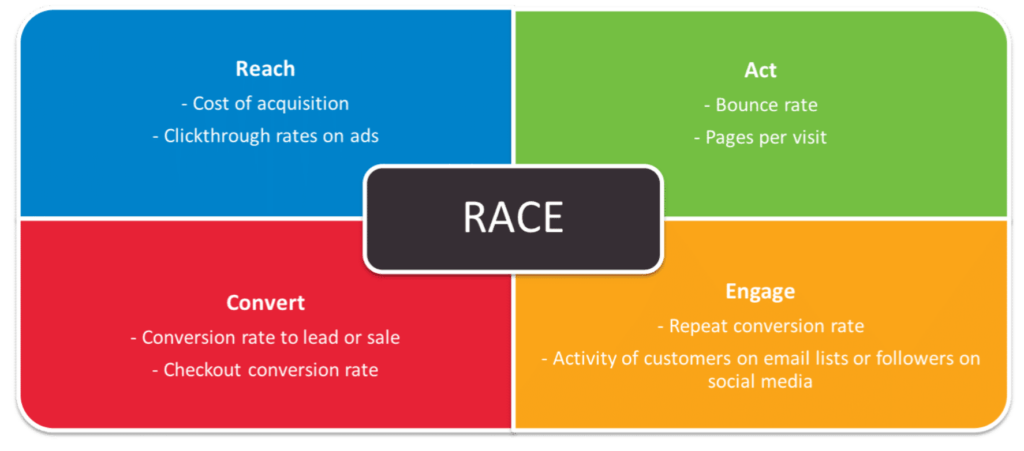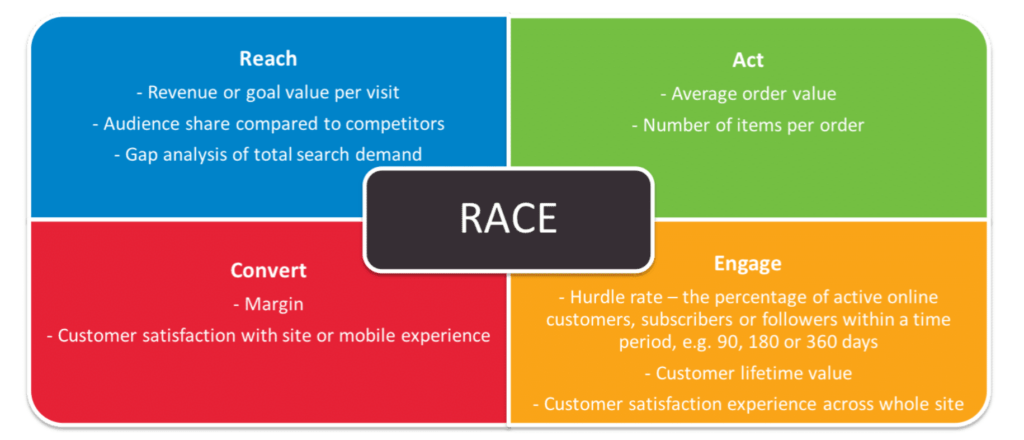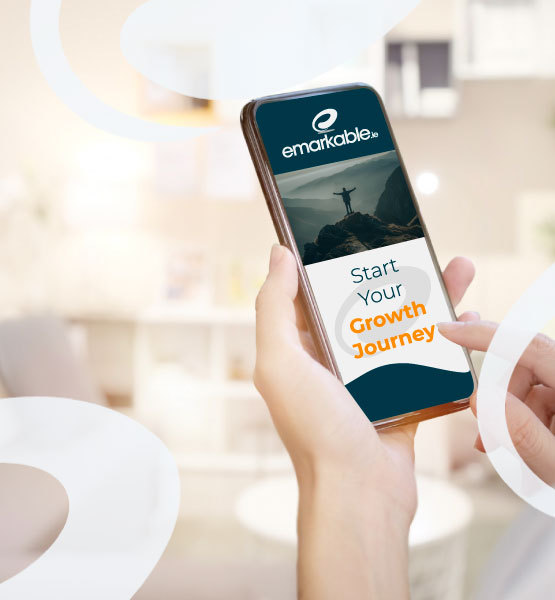Setting clear digital marketing goals and smart objectives
You can use digital marketing goals and smart objectives for both specific campaigns and longer term ‘always-on’ digital marketing activities like organic or paid search marketing that are run continuously.
Before learning our recommendations on how to set digital marketing goals using RACE, review this video which explores the challenges of goal setting in digital marketing, with a focus on digital media. In this interview from Think With Google on Why clarity on marketing objectives is critical, Google’s Global VP of Ads Marketing Marie Gulin-Merle talks to Jason Spero, VP global performance solutions at Google, about the challenges faced by marketers today. They discuss how marketers can navigate increasing complexity with a clear focus on their marketing objectives. We start the interview at a section on aligning media objectives with marketing goals. Later sections of the interview focus more on specific Google products with some retail examples.
We recommend for all types of communications you define both broad aims/goals and more specific SMART objectives.
Quantitive SMART objectives are essential if you are to forecast the return on your investment and compare the plan to what was achieved.
Within digital marketing, there is often a focus on the volume of response but not the quality, value, and cost of response which we will explore with examples in a moment.
For meaningful use of analytics reports to improve digital marketing it’s essential to go beyond volume measures to understand the quality of traffic on the site and whether visitors have engaged.
VQVC
VQVC is a powerful mnemonic which can be used to review your objective setting, but also check you have the right types of metrics on a dashboard.
Often, people only tend to use volume measures. For example, volume measures are often used for the number of visitors to a website, but the quality, value, and cost of attracting should also be considered.
VQVC defines four types of measures that you should define for goal setting or reporting related to a website or digital media.
Typical VQVC measures of website visits and interactions to think about including are visitor…:
- Volume measures like unique visitors, visits and pageviews
- Quality measures such as conversion rate to lead or sales, bounce rate and duration. The dashboard you select should make it possible to display different multichannel marketing goals that you may have customized in Google Analytics, for example for leads or site registrations or sales for a transactional e-commerce site.
- Value measures include Goal value per visit and revenue per visit and overall revenue and profitability for transactional sites.
- Cost measures are historically limited in Google Analytics, however, you should consider overall cost. You can find Google Ads costs in Google Analytics and import information about product costs.
Branding measures are typically used to report on campaign success
- Awareness First consumers need to be aware of the brand.
- Awareness Then they need to understand the value to them, or what the product is used for.
- Persuasion The consumer forms an opinion about the brand.
- Persuasion Finally the consumer decides whether they are likely to purchase from the brand.
Digital KPI breakdown?
The measures in the visual work well for a top-level dashboard, but to make it actionable, when comparing performance between different time periods, a more actionable dashboard will enable you to drill down beyond the headline figures. You will then be able to understand reasons why you may have fallen behind or exceeded performance. For business dashboards, you often need to break out figures by markets and products. Likewise with digital dashboards, breaking down website metrics by different geographical markets or product categories is useful.
For digital marketing dashboards also including channel performance is essential so that you can see how the volume, quality and value from different traffic sources to a website compare. For example, this Google Analytics acquisition report from the Google Demo account shows how organic search is the most important channel by volume and is contributing conversions, but some of the other channels aren’t delivering conversions in the time period, so should be investigated.
Measure Efficiency
The simple, often used, definition of efficiency is “doing the right thing”.
Why do we need to consider this?
We need this measure for marketing activities and business processes since it helps us see when we are minimising resources or time needed to complete a process, i.e. we are keeping our costs low.
In digital marketing, for example, efficiency involves increasing conversion rates and reducing costs of acquisition.

Measure Effectiveness
The simple definition of effectiveness is “doing the right thing”.
Why do we need to consider this?
In digital marketing, effectiveness involves supporting broader marketing objectives and often indicates the contribution of the online channel.





